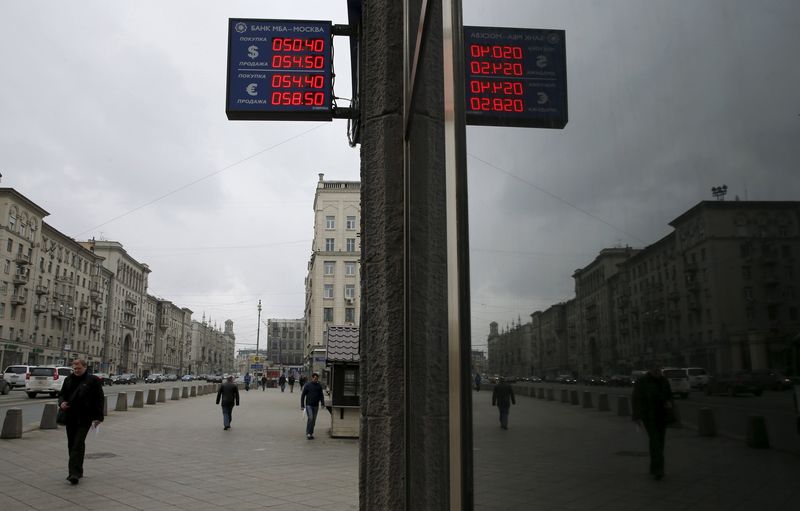By Ian Chua
SYDNEY (Reuters) - The dollar struggled at three month lows versus the euro early on Friday but encouraging news on the U.S. labour market helped it recover some ground against a host of other currencies.
Data on Thursday showed the number of Americans filing new claims for unemployment benefits fell last week towards a 15-year low.
"After the disappointment of retail sales, it is
some comfort that labour at least seems to be progressing well in Q2," said Elsa Lignos, senior currency strategist at RBC.
"But it will take more than one slightly better jobless claims number to turn USD around."
Indeed, the dollar stayed on the defensive against the euro and sterling, which climbed to three- and 5-1/2 month highs of $1.1445 and $1.5815 respectively.
Both currencies were just off those peaks in early Asian trade.
That left the dollar index wallowing at four-month lows. The index is down 1.4 percent so far this week and has dropped more than 7 percent from a 12-year peak of 100.39 set in March.
Yet, the dollar fared better against the yen and the Antipodean currencies. It last stood at 119.23 yen, having bounced off a two-week trough of 118.885.
The Australian dollar slipped to $0.8083 from a near four-month peak of $0.8164, while its New Zealand peer recoiled to $0.7488, from a one-week high of $0.7564.
Analysts said there is still some hope that upcoming data will show the U.S. economy regaining momentum after a very slow patch in the first quarter.
That will see markets quickly price back in a stronger chance of a rate hike by the Federal Reserve this year.

U.S. data due later on Friday include April industrial production and the University of Michigan's preliminary May reading on consumer sentiment.
There was little market reaction to comments by European Central Bank President Mario Draghi on Thursday, who sought to assure markets that the ECB is fully committed to rolling out its trillion-euro-plus bond buying programme.
Draghi did not comment on tense debt talks underway between Greece and international creditors, which remain a key threat to the euro zone economy.